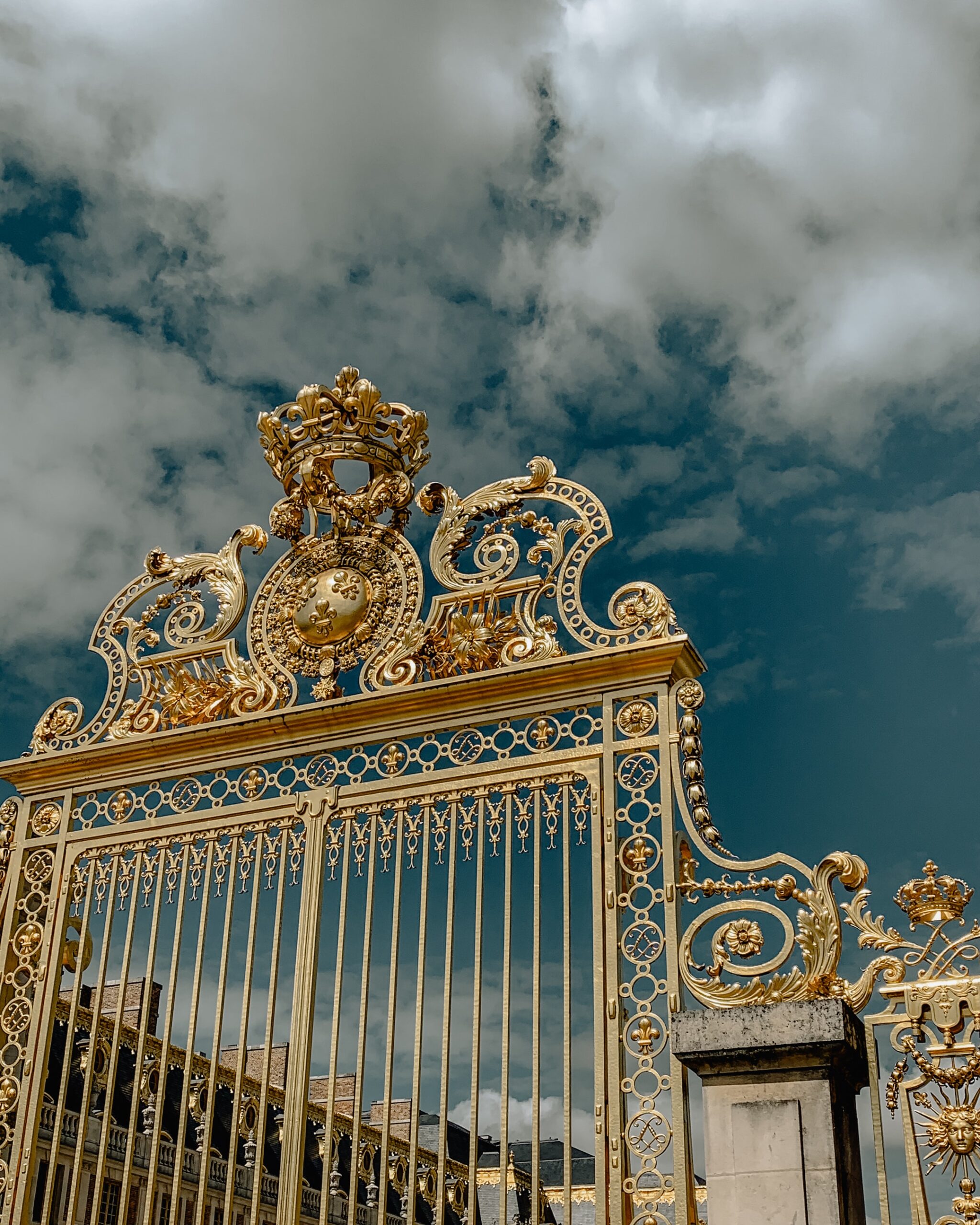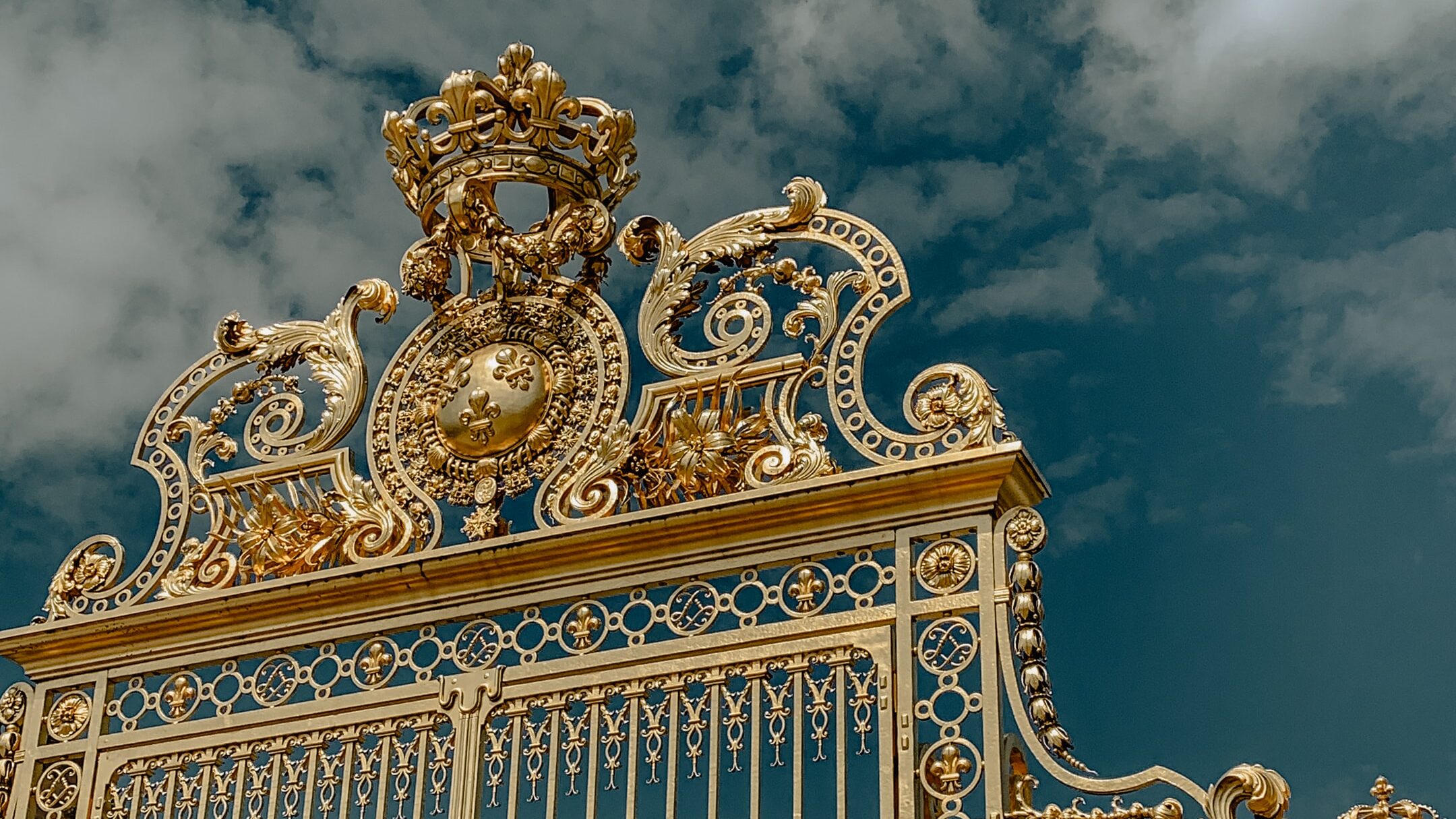

Opulent sequins and feathers enchant guests as they prepare to witness the most breathtaking fashion showdown of their lifetimes. Even more wondrous than the display itself is the woman wearing it. Josephine Baker was talented, legendary, and black. While representing the French, she remained a beautiful symbol of the interlacing of black society and fashion. Baker was not there as a black performer. She was there, quite simply, as Josephine Baker, the great artist prominent french designers believed could represent what they stood for. Baker was unapologetic, and represented an industry created for high society, a stunning symbol of a united front. Even more magnificent, as she was just the beginning.
The French brought Baker. The Americans brought Oscar de la Renta, Halston, Bill Blass, Anne Klein, and Stephen Burrows, one of the first African-American fashion designers to sell internationally, and amass a large following of high fashion, established clients. In addition to the five designers, they brought nearly forty models, ten of whom were black, a number unprecedented for their time. Models like Billie Blair, Bethann Hardison, Pat Cleveland, Amina Warsuma, Charlene Dash, and names such as Ramona Saunders, Norma Jean Darden, Barbara Jackson, Alva Chinn, and Jennifer Brice were all hired to model for some of the biggest names in American fashion. And model they did, putting on a Broadway-Esque show alongside their white counterparts. Though the circumstances surrounding the hiring of these models are admittedly unideal, considering the primary reason was due to a lack of funds, this visual is powerful. Nearly 30% of the models on the American team were black, and they were wearing clothes from designers black and white alike. The white models wore “black” clothes, just as the black models wore “white” clothes, unifying the team in a way that discards race from the central idea, and uses cultural perspective to their advantage.
The American triumph over the French allowed for a massive cultural shift in the fashion world, bringing Americans into the high fashion scene in a way previously unseen. This triumph also served as modern proof that black contributions to the fashion world were not only present but integral, demonstrating that at the end of the day, all contributions are key to fashion as we see it today. And while we tend to focus on white contributions to fashion, we must not forget: Black Fashion is American Fashion, as it always has been.
Leave a Reply
Your email address will not be published. Required fields are marked *
One Comment
Sharron Miles Gilty
Wow very nice learned some stuff that I didn’t know. Thanks T!